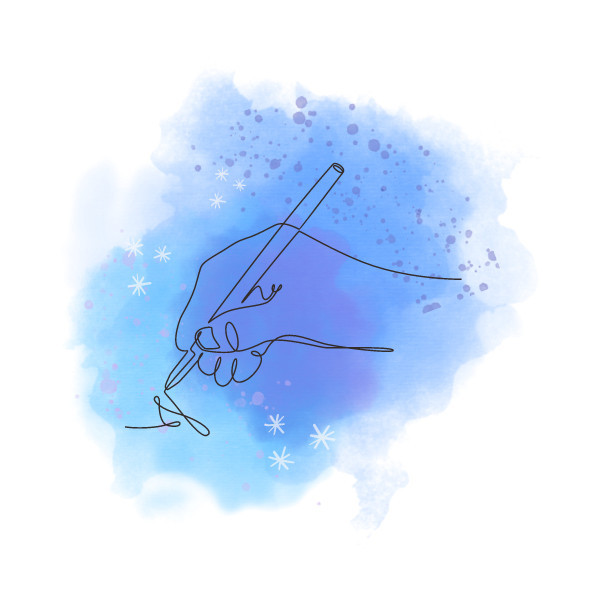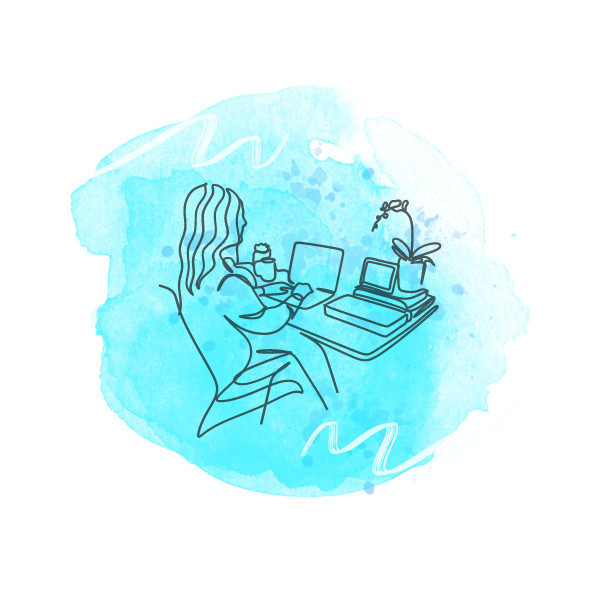Explore Healing Through Creativity
Unlock the Power of Art Therapy
Discover how art therapy can transform your mental health and emotional well-being from the comfort of your home.
What is Art Therapy?
Understanding Art Therapy
Art therapy (or art psychotherapy) is a mental health profession that enriches the lives of individuals, families, and communities through active art-making, creative processes, applied psychological theory, and human experiences within a therapeutic relationship. Especially during challenging times, when words may fail, art therapists help clients express themselves beyond language. Trained in both art and psychological theory, art therapists guide clients in integrating nonverbal communication and metaphors expressed through creativity, offering a powerful alternative to traditional verbal communication.
What to Expect From Art Therapy?
Communication through Art
Art therapy can be conducted individually or in groups, focusing on self-discovery, expression, and personal development. Sessions may involve spontaneous art creation or guided activities suggested by the therapist. The process emphasizes understanding and communication through art, facilitating healing and growth. No artistic background is needed; the therapeutic journey is about what the art communicates and the insights gained from the creative process.

Who are Art Therapists?
Art therapists/psychotherapists are credentialed mental health professionals with training in psychology and creative processes. Holding master’s level diplomas or degrees, they use art media to help individuals cope work on their therapeutic goals. Art therapists/psychotherapists often have titles like Professional Canadian Art Therapist or Registered Canadian Art Therapist through the Canadian Art Therapy Association. In some places, they might need to register with another governing body. For example, in Ontario, they must register with the College of Registered Psychotherapists of Ontario (CRPO).

Why is Art Therapy Effective?
Art therapy is an effective form of mental health care because it allows individuals to express themselves non-verbally, making it accessible to people of all ages and abilities. By using art, individuals can explore their emotions and lived experiences without relying solely on words. This form of therapy promotes healing and self-exploration in a safe and supportive environment, helping clients to understand and manage their mental health more effectively.

Do You Have to be Good at Art?
No artistic skill is required to benefit from art therapy. Everyone is inherently creative, and art therapy sessions are designed to explore this creativity through various media, with a focus on the creative process rather than the final product. Art therapists may introduce non-traditional materials to expand creative expression, and encourage non-traditional techniques or material uses to engage the mind and body in the process.

Where do Art Therapists Work?
Art therapists serve diverse communities in various settings, including hospitals, wellness centers, schools, and private practices. Whether working in an organization or in independent practices, art therapists offer valuable mental health services tailored to each individual’s needs, promoting overall well-being through the therapeutic power of art.
Why Work With An Art Therapist?
Trained Professionals
Art therapists have post-graduate education and extensive training in psychology and the arts, ensuring safe and effective sessions.
Ethical Practice
Diverse Clientele
Alternative to Talk Therapy
Backed by Research
Start Your Journey with Art Therapy

